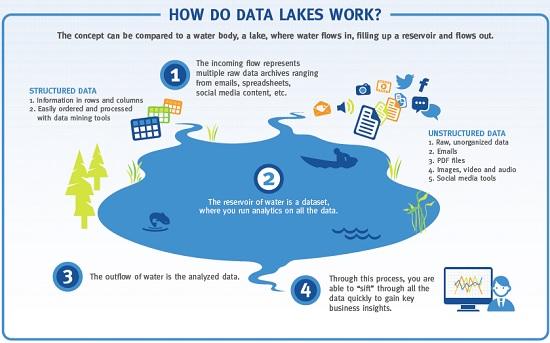Most people have had a nightmare at some point; a scene that places them in a public location having somehow forgotten to get dressed or struggling to make their way down a darkened hallway only to feel an icy hand grasp the back of their neck. For Chief Information Officers (CIOs), the latest fright comes in the form of breachable firewalls and catastrophic failures by counterfeited goods that cause irreparable harm to corporate reputations.
 While that might not be a scene that causes the hair on the back of your neck to stand up, it is a very real fear presented by the unique challenges that accompany the provision of 3D printed goods and ideas as a service offering. Trade has always involved risk whether outside of the city walls in a medieval kingdom or outside of the firewalls of a company’s cyber-fortress. This situation is further complicated by the consumer-oriented nature of 3D printing, which requires the ability to allow the customer to print on the machine of their choice and yet still be able to protect the intellectual property embodied in that particular product.
While that might not be a scene that causes the hair on the back of your neck to stand up, it is a very real fear presented by the unique challenges that accompany the provision of 3D printed goods and ideas as a service offering. Trade has always involved risk whether outside of the city walls in a medieval kingdom or outside of the firewalls of a company’s cyber-fortress. This situation is further complicated by the consumer-oriented nature of 3D printing, which requires the ability to allow the customer to print on the machine of their choice and yet still be able to protect the intellectual property embodied in that particular product.
 The challenges to today’s CIO extend beyond just the need to contain data leaks. The other end of this spectrum is the need to deal with the massive amounts of data produced by and retained for 3D printing operations. And it’s not good enough to just have the data, something has to be done with it so that it can provide useful feedback, quality control measures, and answers to future questions. How can all of that data be not only stored but also freely flowing in order to be at its optimum level of usefulness?
The challenges to today’s CIO extend beyond just the need to contain data leaks. The other end of this spectrum is the need to deal with the massive amounts of data produced by and retained for 3D printing operations. And it’s not good enough to just have the data, something has to be done with it so that it can provide useful feedback, quality control measures, and answers to future questions. How can all of that data be not only stored but also freely flowing in order to be at its optimum level of usefulness?
Vinod Baya, the Director of the Center for Technology and Innovation at PricewaterhouseCoopers, offers his experienced insight:
“All of the big data techniques CIOs are learning from social or marketing or other spheres of influence are equally applicable here because the volumes of data need to be processed in real time, and the architecture needs to support that. Past practices were all about, ‘If you don’t need this data for the production system right away, we’ll throw it out. But it’s getting cheaper and cheaper to store the data. Obviously, you need to invest in the right kind of architecture to be able to do that.”
 To continue the landscape metaphor, these streams of data that exist are part of a water system that also includes data lakes…at which point a whole slew of questions about watershed management, drought supply, and even possibly stocking the data with large mouth bass in order to attract sport fishermen arise.
To continue the landscape metaphor, these streams of data that exist are part of a water system that also includes data lakes…at which point a whole slew of questions about watershed management, drought supply, and even possibly stocking the data with large mouth bass in order to attract sport fishermen arise.
All joking aside, the data intensive nature of the 3D printing industry requires CIOs face a new set of challenges that are still developing and on a scale unlike anything they have faced before. Which raises the question: have you hugged your CIO today? It seems like they might need it. Discuss these issues in the CIO Responsibilities Regarding 3D Printing forum over at 3DPB.com.
Subscribe to Our Email Newsletter
Stay up-to-date on all the latest news from the 3D printing industry and receive information and offers from third party vendors.
You May Also Like
3D Printed Heat Spreader Could Improve Efficiency of Electronics
The low-hanging fruit for decarbonization has long been improving the efficiency of existing systems, hence the justification for LED lights and ENERGY STAR certified appliances. While such minor moves are...
3D Printing News Unpeeled: Marine Gearboxes, 3D Printed Motors and $1.7 Million in Seed Funding
UK based Equipmake just released their Ampere-220 e-axle system. The system, which is meant for high performance electric cars, was similar to one released on the Ariel HIPERCAR. It has...
CEAD Unveils 36-Meter-Long 3D Printer for Abu Dhabi’s Al Seer Marine
CEAD, a Dutch original equipment manufacturer dedicated to large-format 3D printers, has unveiled what it claims to be the world’s largest robotic arm-based 3D printer. At 36 meters long and...
3D Printed Biocomposites Could Help Reduce Marine Plastic Pollution
Concerns about the impact of plastic litter and microplastics in the oceans are at the forefront of environmental study. For decades, the marine environment has suffered from the degradation of...




































